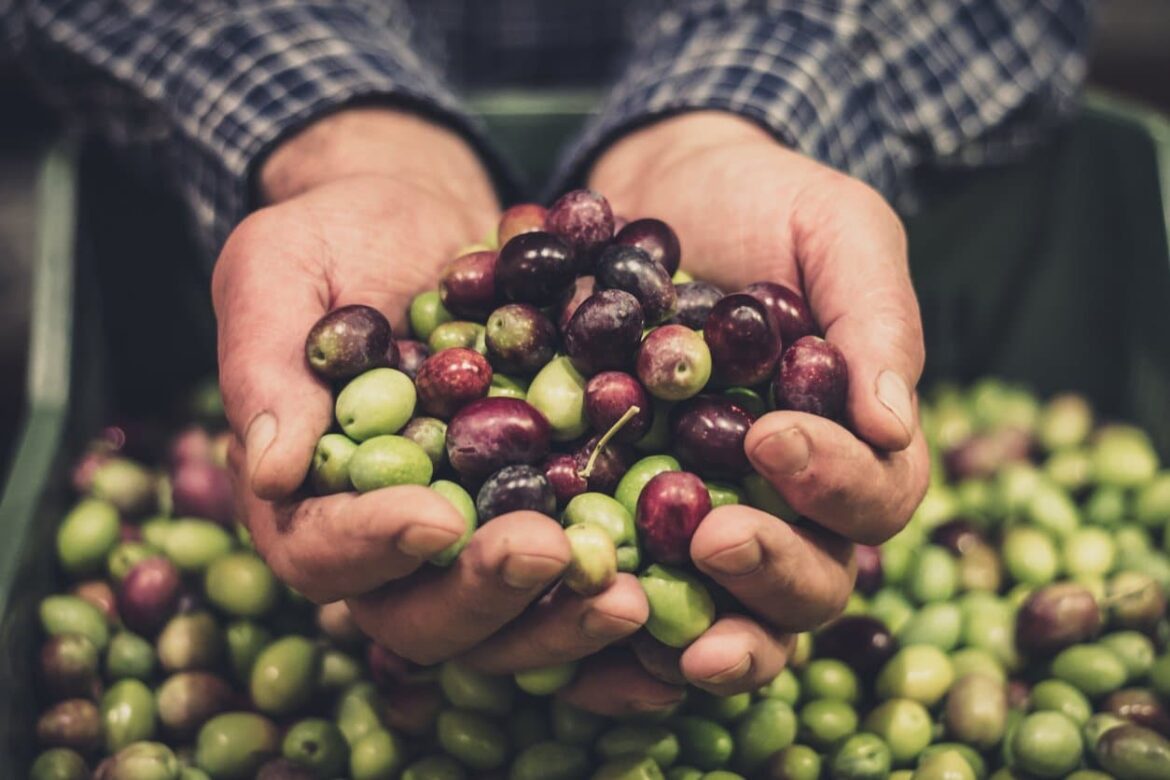The olive campaign in Abrantes (Ribatejo) maintains high quality this year, but has an estimated drop of 10% to 15%, smaller than the roughly 20% decline forecast nationally, according to sector officials.
In the SAOV – Sociedade Agrícola Ouro Vegetal olive mill, which monitors more than a thousand clients in the Abrantes region, in the Santarém district, the campaign began on September 23, with fruit arriving showing “good yield and absence of pests and diseases,” Rita Marques, the company’s quality engineer, told Lusa.
“We are seeing a scenario of a smaller quantity of olives, but, overall, the fruit is very sound and with good yield, which will allow us to compensate part of the drop and maintain an olive oil of superior quality,” she explained.
She attributed the 10% to 15% drop mainly to three factors: “lower productive output”, resulting from the natural alternation cycle of traditional olive groves, the “residual impact of the prolonged drought at the time of fruit growth”, and the “reduction of labor in small traditional olive groves”.
“Despite this, compared with other years of lower production, this is a balanced year. The fruit is healthy and the olive oil is coming out aromatic and fruity,” she summarized.
Nationwide, Olivum – Association of Olive Growers and Lagares of Portugal, which represents about 70% of the country’s olive growers and mills, confirmed today to Lusa an expected average drop around “20%”, according to data updated this week.
The association’s executive director, Susana Sassetti, stressed that campaign performance “varies greatly by region”, but the dominant trend is a reduction in production, especially in traditional and rain-fed olive groves.
“The drought of the last year, the irregularity of the rains and the productive alternation explain much of the drop. In some areas there is a delay in maturation and a smaller fruit,” she said.
According to the official, national production “is not expected to repeat the high levels” of the best recent campaigns, but quality “may come as a positive surprise”, with good prospects especially in mills receiving greener fruit.
The North of Ribatejo, where traditional olive groves predominate, has been “one of the regions most affected” by climatic constraints, but Abrantes is “among the areas where the drop is more moderate”, according to Olivum’s data.
Rita Marques acknowledged that many producers have faced “increasing difficulties with labor, energy costs and the postponement of rainfall”, but she highlighted that SAOV has managed to “maintain stability” due to ongoing monitoring of olive growers.
“We work with the producers all year round. That makes a difference in the entry of the fruit. Our technical team follows pruning, pest treatments, which is reflected in the final quality of the olive oil,” she added.
In Abrantes, the mill is operating “at full speed” and hopes to process “a volume slightly below” that of 2024, maintaining the commitment to cold extraction and the speed between the arrival of the fruit and milling.
“The secret is to receive the olive as fresh as possible, mill it immediately and control temperature and oxygen. The region has tradition and good producers, and that is evident in the olive oil that comes from here,” SAOV’s engineer highlighted.
Nationwide, Olivum says the campaign is proceeding “without major constraints” and that the industry maintains “installed capacity and operational responsiveness”, despite declines in production.
Producer prices should depend on the evolution of the campaign in Spain, a country that also faces the likelihood of a significant drop this year, in line with Portugal, but the association expects market availability to “remain controlled”.
With a 10% to 15% drop, Abrantes is, for now, “above the national average”, which approaches 20%, making it one of the positives in Northern Ribatejo.
“The quality of the fruit compensates for the smaller quantity. In the end, we will have a balanced, green and aromatic olive oil, very much within the profile that characterizes this region,” concluded Rita Marques.


Dining and Cooking